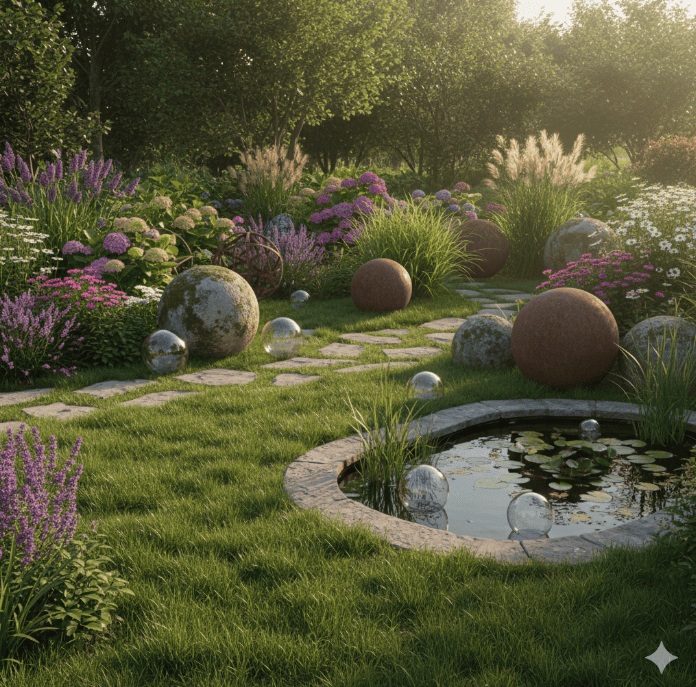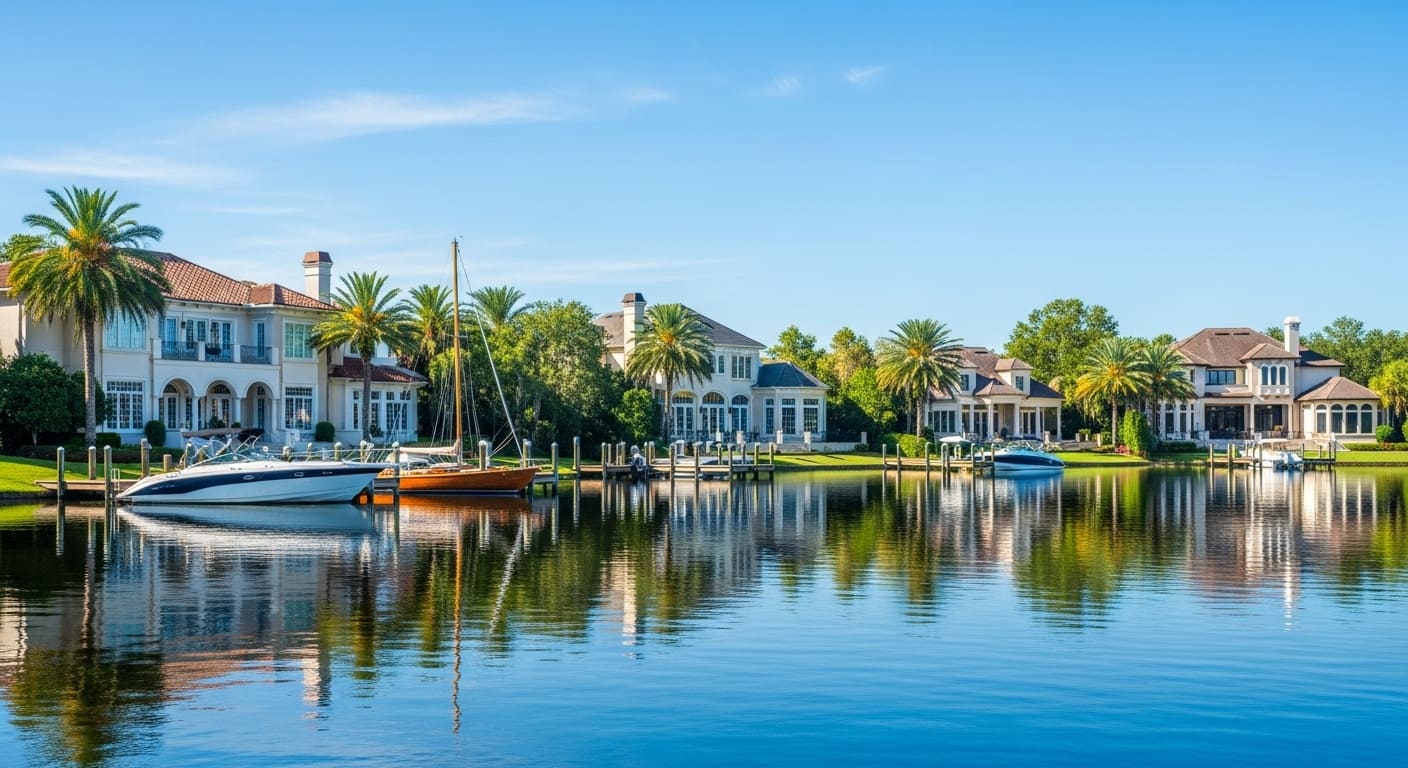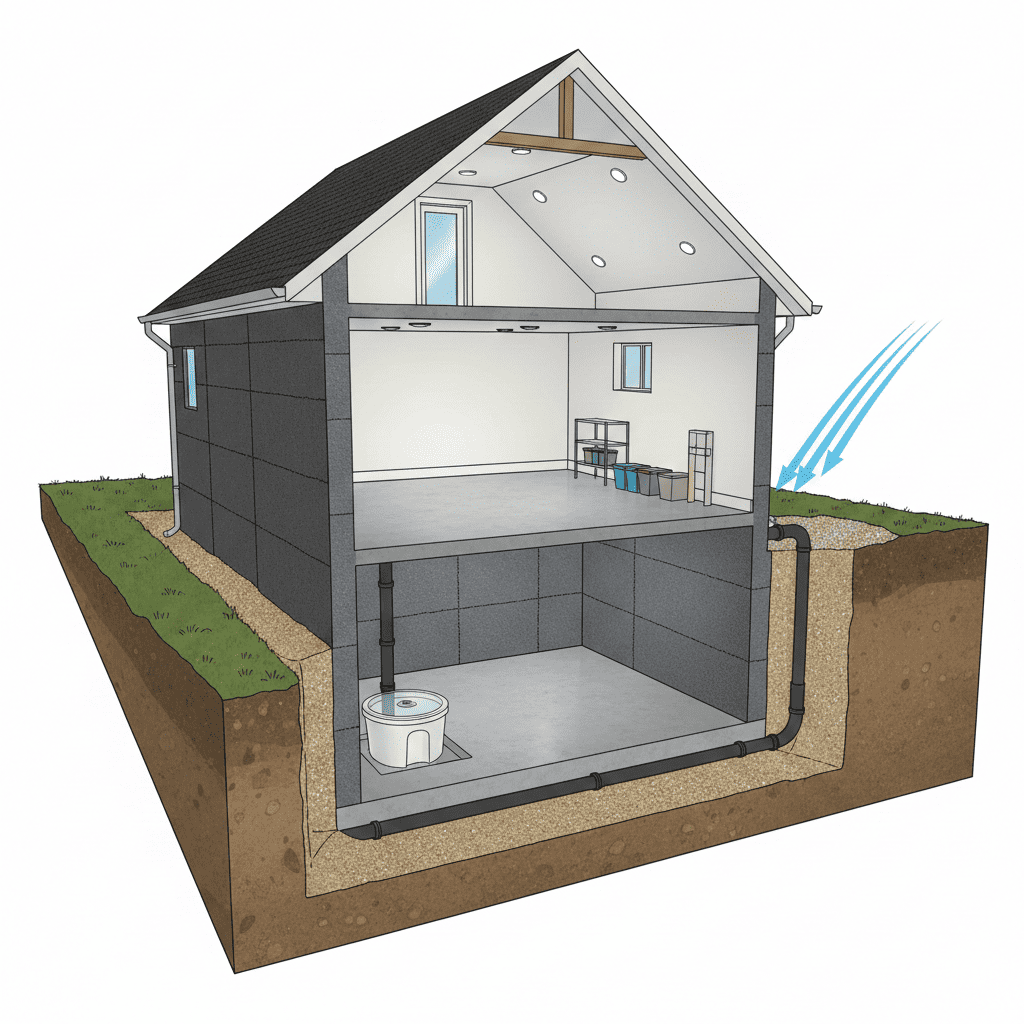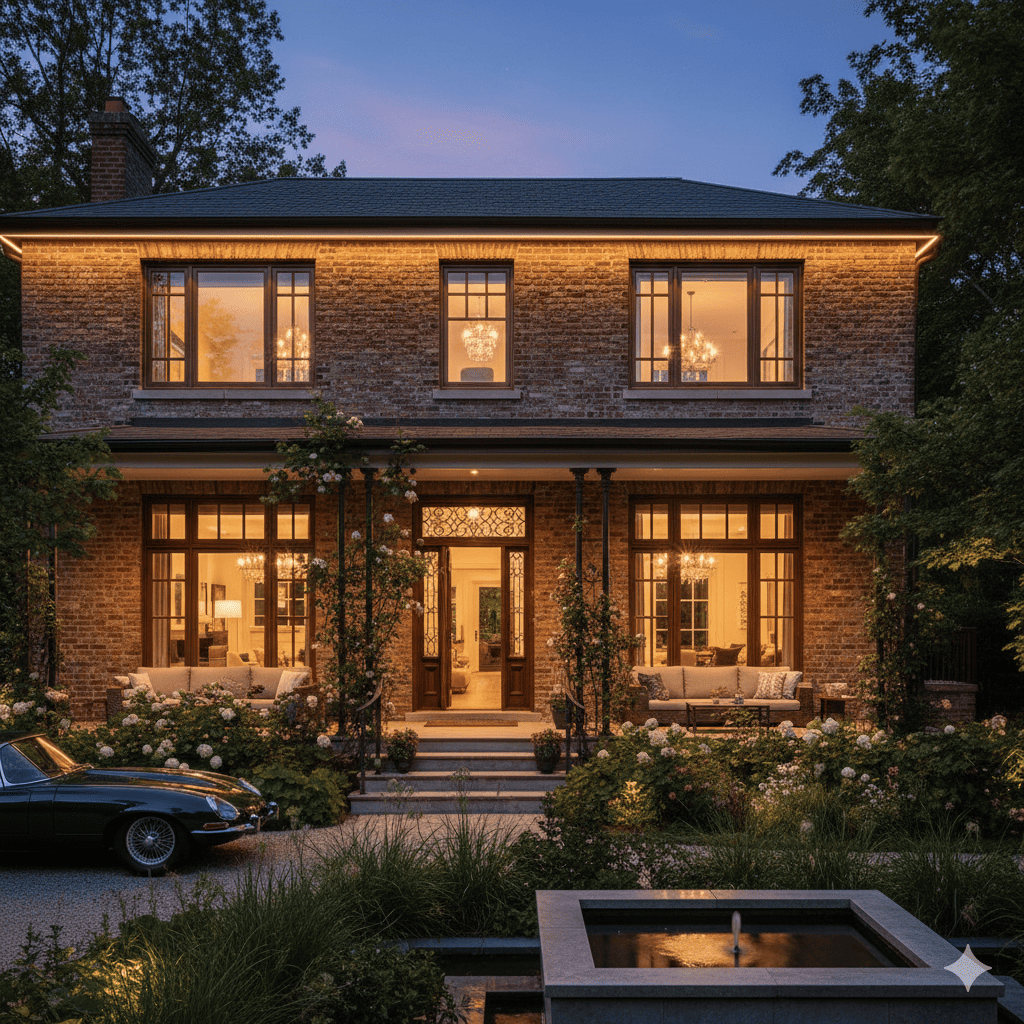Introduction:
The gardens are no longer just green areas – they are places for expansion, relaxation, creativity and expressions of their stay. In 2025, one of the most popular trends in modern garden decoration is the use of garden spheres. These versatile decorative elements are not only visually attractive, but also functional, which give the outer places the artistic and harmonious atmosphere. Whether the standalone is used as pieces, including in water functions, or combined with lighting, the garden spheres improve the aesthetics, atmosphere and personality of any garden.
Type of Garden spheres
The garden areas come in a variety of materials and styles, offering each unique visual and functional properties.
1. Stone spheres – durable and timeless, stone peel gives a natural, elegant feel. They can be engraved from granite, marble or sandstone, providing a classic experience that complements the traditional or modern landscape.
2. Metal spheres – often stainless steel, bronze or cotton is prepared from steel, these spheres reflect the sunlight beautifully and can develop a natural retina over time. They are perfect for modern gardens and can serve as focal points.
3. Glass spheres – Glass Gardens – Sometimes called Knee Blows, offers colors, reflection and light games. They add an eccentric touch and work well with flower beds, water functions and shaded areas.
4. Solar-liteal spheres – A combination of aesthetics with circular effect factories, sunlight at night, creates magical landscapes. They are ideal for the corners of the route, courtyard and garden, which improves the atmosphere and safety.
Placement and Arrangement Tips
The efficiency of garden spheres depends largely on the location. Some suggestions have been made to make the most of them:
• Focus points: To attract attention, place a large ball in the middle of a flower bed or near a pond.
• Groupings: To make visual interest and depth, arrange several areas of different sizes together.
• Height variation: Loud some areas of shocks or plants to break monotony and add dimensions.
• Pathway Accents: Line road or garden edges with small areas to guide visitors and increase your journey through the garden.
Incorporating garden spheres in landscape

Hage spheres are versatile and can fit into different landscape styles:
• Modern garden: Smooth metal or polished stone spheres complement minimal layouts and geometric designs.
• Rustic and cabin gardens: Stone or wooden spheres are naturally mixed with rustic structures, flowering plants and green areas.
• Water functions: Liquid in ponds or fountains or partially submerged balls produce reflective, calm effects.
• Zen Garden: Smooth stone pool symbolizes balance and harmony, which is perfect for noticeable gardening places.
Combining Spheres with Lighting
The lighting improves the beauty of the garden shells, especially in the evening. Spotlights that highlight the solar-driven areas, LED-light metal regions and other Outdoor decorative spheres regions can change gardens at night. In order to increase the functionality of giving dramatic visual effects in lighting, texture, shapes and reflective properties of water properties have also been emphasized.
Functional use of garden Spheres
In addition to beauty, garden spheres can serve practical purposes:
• Bird bath or Feeders: The hollow spheres can catch water or seeds, attract wildlife.
• Plants accents: Small spheres can sit in socks or pots, basically integrated with plant events.
• Outdoor seating: Large, smooth spheres can double as informal seating in the garden salon.
• Privacy and screening: Groups of strategically located groups can partially block ugly ideas or build withdrawn regions.
Garden spheres for small places
Even compact gardens or balconies can benefit from garden spheres. Small, contemplative spheres give a sense of room and light. Placing them near the windows or roofs can cause visual intrigue without overload. Multifunctional fields, such as twin lanterns or plants, are valuable in especially small-scale urban gardens.
Material and Maintenance Considerations
It is important to choose the right material for durability and aesthetics. Stones and metal shells require minimal maintenance, while glass shells may require periodic cleaning to preserve glow. Sunshell should check the battery regularly. Using decorative garden balls with weather -resistant coatings or finishes can expand your life in the outer areas and ensure that they remain fantastic throughout the year.
Color trends in garden spheres
The color can dramatically affect the design of the garden:
• Neutral tones: White, gray and beige spheres are naturally mixed with most landscapes.
• Metallic Finnish: Gold, bronze and copper spheres provide sophistication and modernity.
• Life colors: Blue, green and red spheres create eccentric or playful accents, which are ideal for cabins or generous gardens.
Using complementary colors with nearby plants, flowers and rigid elements ensures harmony and visual harmony.
Season adaptation of garden spheres

Garden spheres can be compatible with seasonal changes:
• Spring: pair of pastel color spheres with flowers that bloom for a fresh, vibrant shape.
• summer: Metal and reflective spheres increase the sunlight and light up the garden.
• Autumn: Earth-Tondon-Skell complements falling leaves and natural textures.
• Winter: Light or frosted spheres provide glittering and interest, especially in snow -covered gardens.
This adaptability makes spheres for the design elements for one year.
DIY and customization ideas
Making individual garden spheres can be a fun DIY project:
• Painting and patterns: Add patterns, mosaics or deliciles to regular areas.
• Embedded Stone or Crystal: Include natural elements for texture and glow.
• Integrated materials: Use old light fixtures, recycled metals or solid mold for environmentally friendly areas.
The adaptation allows gardeners to express creativity and create a unique detail in their personal style.
Garden spheres and Sustainability
Many modern gardens are made of durable materials such as recycled metals, practiced stones or environmentally friendly resins. Solar -controlled areas reduce energy consumption when adding functional lighting. The choice of durable, long -term materials reduces environmental effects, which makes spheres not only beautiful, but also responsible design options.
Combining Garden Spheres with Other Decor
Garden spheres works well with other decorative items:
• Fountains and ponds: Increase reflection and water movement.
• Pathway and Stepping Stones: Integrates the spheres as accents with walkway.
• Plants and raised beds: Complete plants without shaking green areas.
• Culture sculptures: A couple of spheres with sculptures or artwork for aesthetics.
This combination creates layered, visually interesting scenarios that balances the shape and function.
Conclusion
The garden fields are much higher than the decorative accents – they are transformational tools that lift outer places in both aesthetics and functionality. From small balconies to expanding landscapes, their versatility, physical diversity and adaptability make them ideal for modern garden design in 2025. Location, color, materials and integrations with light and other garden elements can create an invitation, harmonious and dynamic outdoor environment. Whether focal points, functional accents or eccentric highlights are used, garden spheres provide elegance, creativity and personality to each garden.











